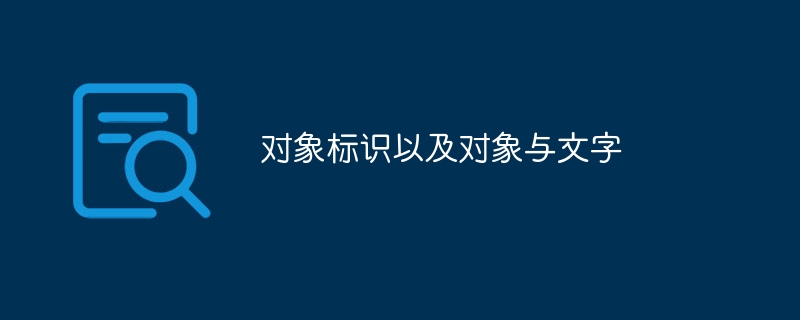
DBMS supports object-oriented data. It ensures direct correspondence between real-world objects and their representations in the database. This correspondence ensures that objectsations in the database. This correspondence ensures that objects retainable the iridentity the. and manipulation. Object Data Management System (ODMS) assigns unique identity to each independent object stored in the database.
這個獨特的身分透過系統產生的物件識別碼(OID)來實現。此OID作為系統分配給每個物件的獨特值。它對外部用戶不可見。然而,系統在內部利用它來確保每個物件的唯一標識,並建立和管理物件之間的參考。在需要時,系統將OID指派給適當類型的程式變量,以進行涉及物件的操作。
Primary requirement for an Object Identifier (OID) in an Object Data Management System (ODMS) is immutability. It is crucial that the OID value assigned to a specific object remains un變. ODMS must incorporate mechanisms for generating OIDs and enforcing their immutability. It is desirable for each OID to be unique and used only once. Even if an object is removed the 數據
To fulfill these requirements, OID should not depend on any attribute values of the object. This is necessary because attribute values may change or be corrected over time。 primary key is altered, tuple will consider new identity. In different relations, real-world object may have different names for its key attributes. It can create challenges in determining if the keys sobect the sobect the sobect the obkeys sobect the sobect the object the object the object the object the object. identifier may be represented as "Emp_id" in one relation and as "Ssn" in another relation.使用物件識別碼(OIDs)進行高效率檢索
為了適應物理位址發生變化的情況,可以利用涉及間接指標的機制。此指標放置在原始位址上,並提供物件的新實體位置。然而,在現代實踐中,將長整數分配為OID更為常見。隨後,使用哈希表或類似的資料結構將OID值對應到物件在儲存中的目前物理位址。這種方法確保OID不受任何物理重組的影響,同時仍能實現高效率的物件檢索。
Early Approaches and Challenges with OIDs
為了解決這個限制,大多數物件導向資料庫系統現在支援物件和字面量(或值)的表示。每個物件必須有一個不可變的OID分配給它,以確保其唯一識別。相較之下,字面量值沒有OID,只是表示自己的值。通常,字面量值儲存在物件內部,不能被其他物件引用。此外,在許多系統中,如果需要,可以建立複雜的結構化字面量值而無需相應的OID。
以上是對象標識以及對象與文字的詳細內容。更多資訊請關注PHP中文網其他相關文章!




